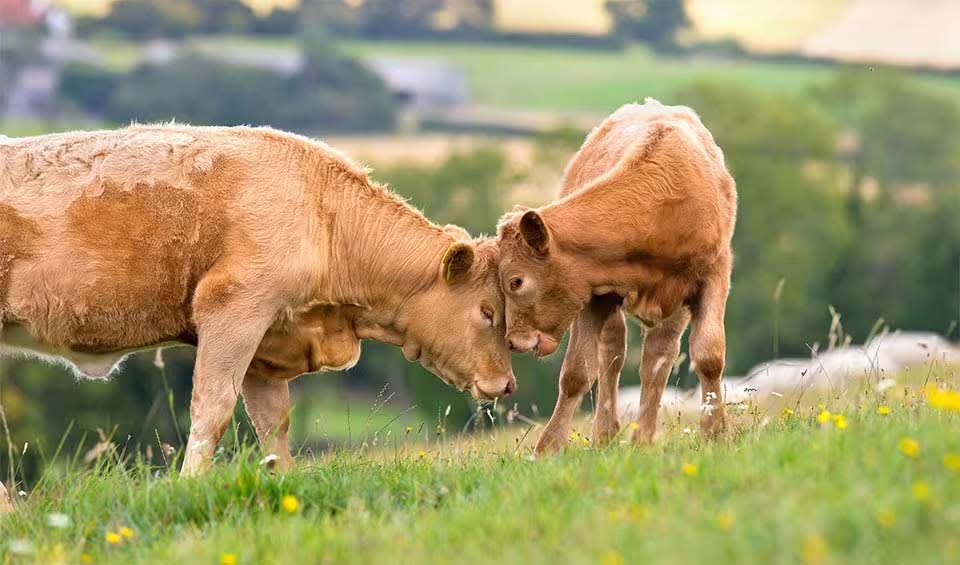Cattle, belonging to the genus Bos, stand as one of humanity’s earliest and most impactful domestications, a process that began approximately 10,500 years ago with the wild aurochs. These formidable ancestors of modern cattle once roamed across Europe, Asia, and North Africa before their eventual extinction in the 17th century. The domestication of aurochs laid the foundation for a symbiotic relationship between cattle and humans, one that has significantly shaped both agricultural practices and societal development over millennia.
Today, with an estimated population of around 1.5 billion, domestic cows (Bos taurus) and related species within the Bos genus are among the most populous mammals on the planet, surpassed only by humans and their companion species, such as dogs and cats. This vast population is a testament to the versatility and adaptability of cattle, which have been bred into numerous breeds to suit various human needs for meat, milk, labor, and, more recently, as participants in industrial agriculture.
Cattle are characterized by their unique digestive system, a four-chambered stomach consisting of the rumen, reticulum, omasum, and abomasum. This complex system allows them to break down cellulose and other complex carbohydrates found in plant material, a task that requires the microbial fermentation provided by the flora within their rumen. This process of rumination, or “chewing the cud,” enables cattle to extract a wealth of nutrients from fibrous plant materials, making them highly efficient grazers and browsers.
Distribution
 Africa
Africa Asia
Asia Oceania
Oceania Europe
Europe North America
North America South America
South AmericaAnything we've missed?
Help us improve this page by suggesting edits. Glory never dies!
Suggest an editGet to know me
Terrestrial / Aquatic
Altricial / Precocial
Polygamous / Monogamous
Dimorphic (size) / Monomorphic
Active: Diurnal / Nocturnal
Social behavior: Solitary / Pack / Herd
Diet: Carnivore / Herbivore / Omnivore / Piscivorous / Insectivore
Migratory: Yes / No
Domesticated: Yes / No
Dangerous: Yes / No




